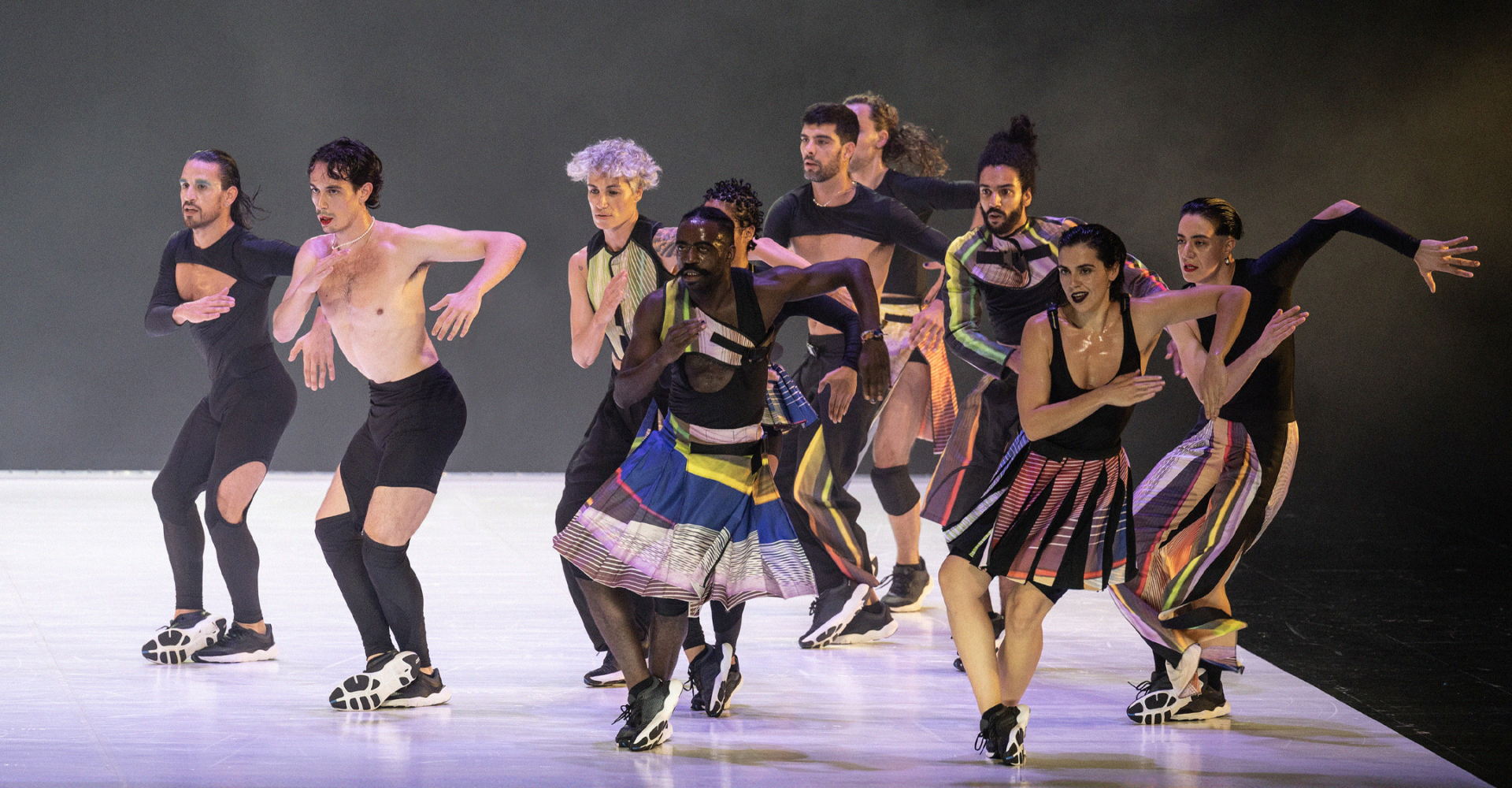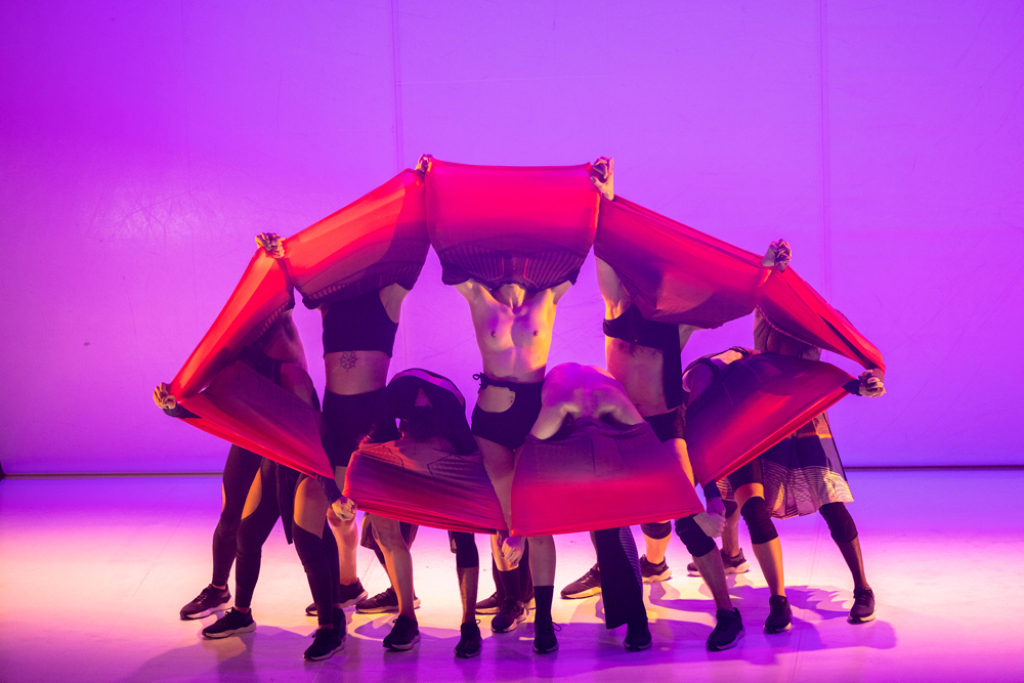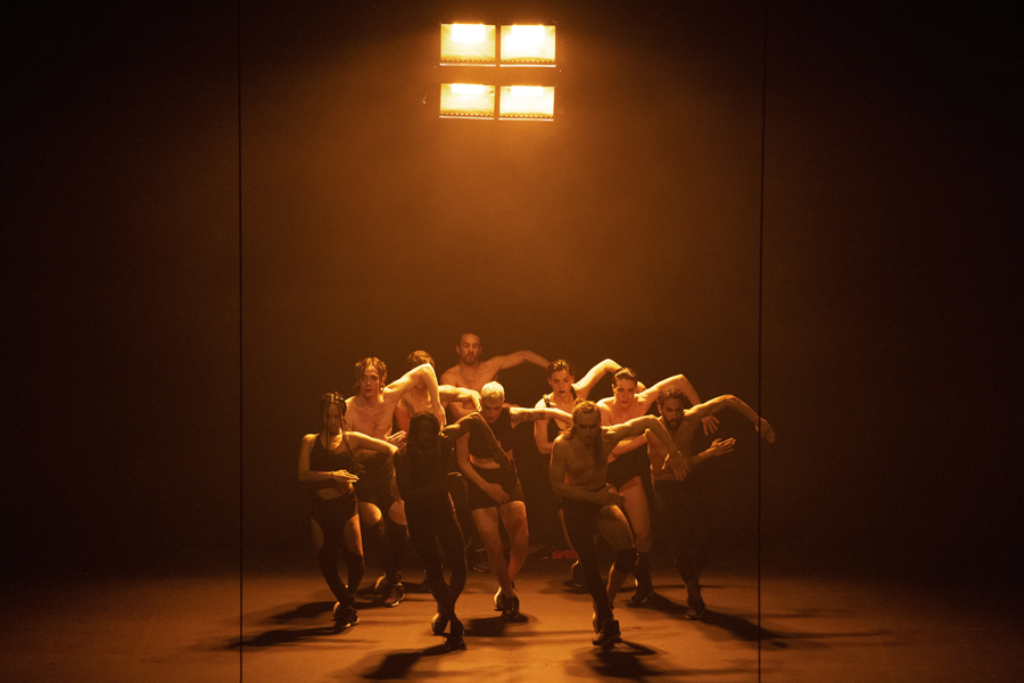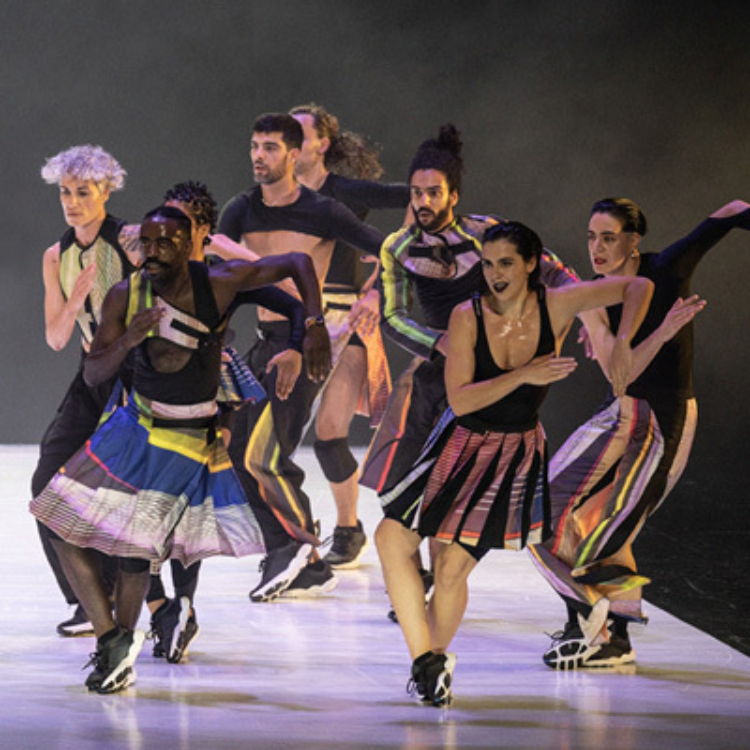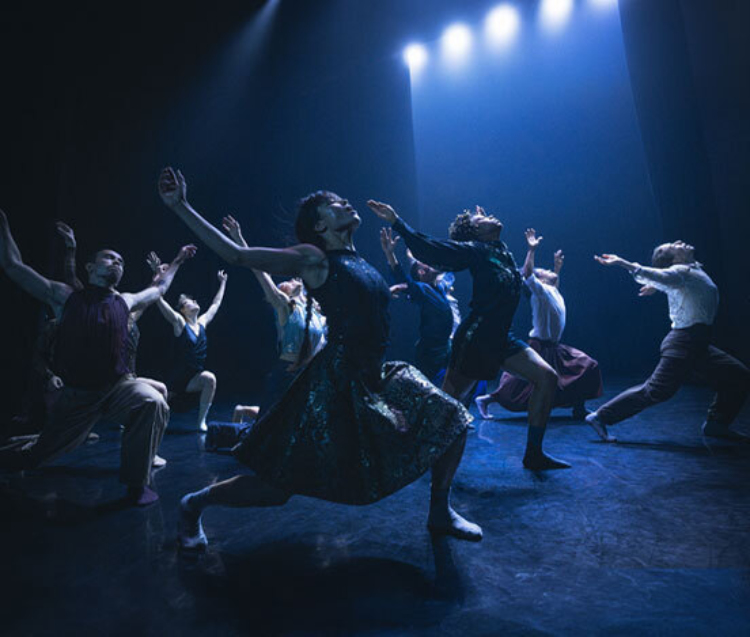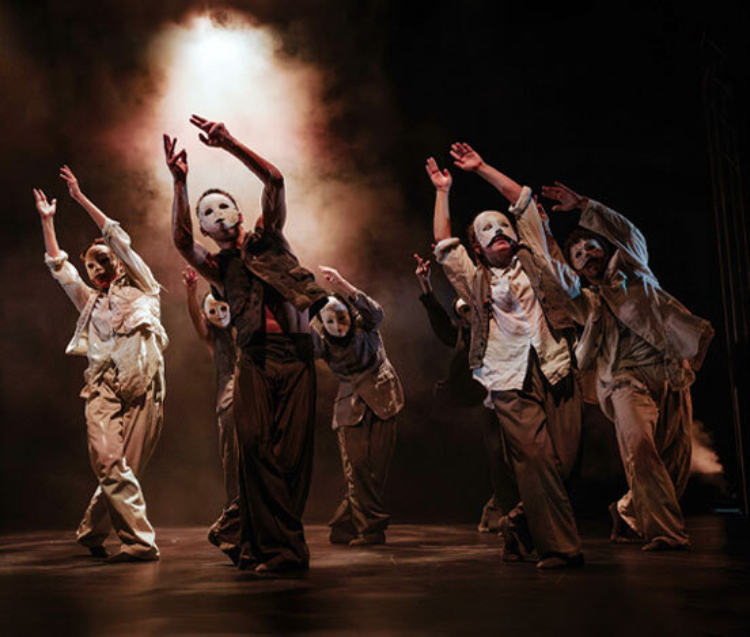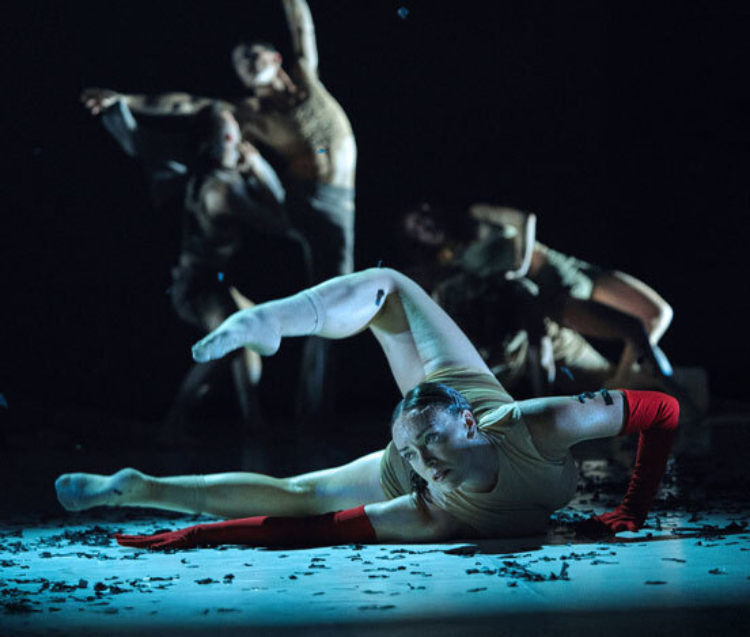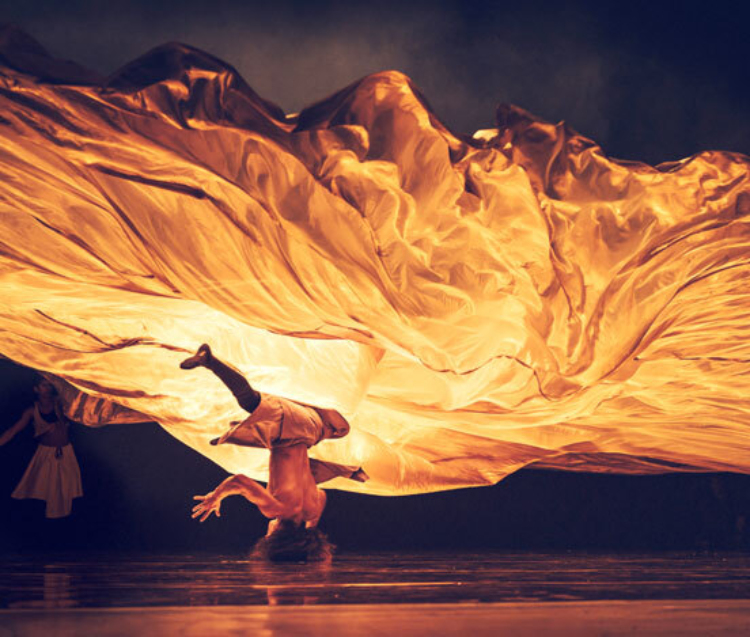A Word from Danse Danse
Good evening, everyone,
Here we are, already at the closing performance of the 2024/2025 season, and I want to extend my heartfelt thanks to all of you for being with us throughout this year, filled with so many emotions. To end on a high note, I am thrilled to present, for the very first time at Danse Danse, the Portuguese choreographer Marco da Silva Ferreira, who has emerged as one of the most distinctive voices in the contemporary scene.
I first saw CARCAÇA when I was scouting shows for Danse Danse. His dance is electrifying, carries a powerful message, and is deeply rooted in political reflection: Marco da Silva Ferreira explores the idea of collective memory and how traditions fade over time. His choreographic signature leaves a lasting impression.
This work is also a whirlwind of energy. On stage, ten dancers– including Marco da Silva Ferreira himself –bring to life an effervescent ritual, where electrifying beats, collective momentum, and echoes of folklore come together. It’s a celebration of what unites us, as much as a call to remember where we come from.
I have a feeling you’ll remember the name Marco da Silva Ferreira, whom we’re delighted to introduce to you.
Enjoy the evening!
Pierre Des Marais - Artistic and Executive Director of Danse Danse.
__________
Territorial Acknowledgement
Danse Danse acknowledges that we are gathered on the traditional and unceded territory of the Kanien’keha:ka Nation. We honour the continued presence of Indigenous peoples on the Tiohtiá:ke (Montreal) territory, which has long served as a meeting place for exchanges between nations. With respect for the links to the past, present and future, we thank the Indigenous peoples for reminding us of the importance of living in harmony with ourselves, with each other and with nature, and we are grateful for the opportunity to present works of living art at Tiohtiá:ke.
A Word from the Choreographer
It is an honour to share CARCAÇA with you here in Montréal, at the closing of Danse Danse’s season. As a choreographer, I often start with questions rather than answers — questions about identity, heritage, community, and how the body stores and transmits memory.
CARCAÇA emerged from a reflection on how traditions, especially those transmitted orally or physically, mutate or vanish over time. This work was born from a desire to question how collective memory is embodied, erased, transformed. In Portugal, I looked at how cultural practices — many born from resistance — are softened, stylized, or forgotten. But this is not just a Portuguese story. Across borders, the rewriting of history and the silencing of community memory are political acts. So is remembering.
CARCAÇA is not a nostalgic homage. It’s a vibrant clash of bodies, beats, and gestures — a dance that resists disappearance. The performers move together in friction and celebration, building something unstable but alive: a choreographic manifesto where identity is not fixed, but forged in the act of coming together.
In today’s world — where democracy is under pressure, where cultural identities are either commodified or erased — I believe art must provoke. I hope CARCAÇA echoes within Canada’s own conversations around heritage and plurality.
I’m deeply grateful to be welcomed here, and I hope CARCAÇA resonates with your own memories, movements, and context.
Marco da Silva Ferreira — Choreographer.
About the Work
In CARCAÇA, Marco da Silva Ferreira uses dance as a tool to research about community, construction of collective identity, memory and cultural crystallization.
The choreography, which initially starts with jumping footwork as an agitator and accelerator, progressively draws a vibrant, rebellious and carnivalesque body.
A cast of 10 performers form a collective that researches their collective identity in a physical, intuitive and unpretentious flow of the body, dance and cultural construction. They start from familiar footwork, coming from clubbing, ball’s, cypher battles and the studio to approach standardized and immutable folk dances related to their memory/heritage.
These dances from the past crystallized and were not able to integrate new definitions of bodies, groups and communities that were considered minor. It was necessary to break with the authoritarian, totalitarian and paternalistic past.
In CARCAÇA, an exercise that integrates the past and the present is proposed. Thinking about: How do you decide to forget and make memory? What is the role of individual identities in building a community? What is the driving force of an identity? What world is the individual and collective body going through? Or, rather, what bodies are crossing the world?
The steps, complex but made with simple sneakers, will bring not only the sound to the stage, but also the exchanges between kinetic, thermal and light energy. The physical sounds are accompanied by drums played by João Pais Filipe and electronic music by Luis Pestana.
These elements, performed live, constitute an accelerated soundtrack that interconnects references from traditional music (for example, fanfares and marches), postmodern music and clubbing music (Techno trance/dub).
In 2020 the creation of CORPOS DE BAILE for Companhia Nacional de Bailado was the beginning of this research on collective, identity and footwork, which inspired the creation of CARCAÇA.
Artists
His path was self-taught through dance styles that evolved in an urban context with Afro-descendant influences. Between 2002 and 2010, the focus and lexicons of dance became increasingly diverse and closer to contemporary improvisation tools and composition.
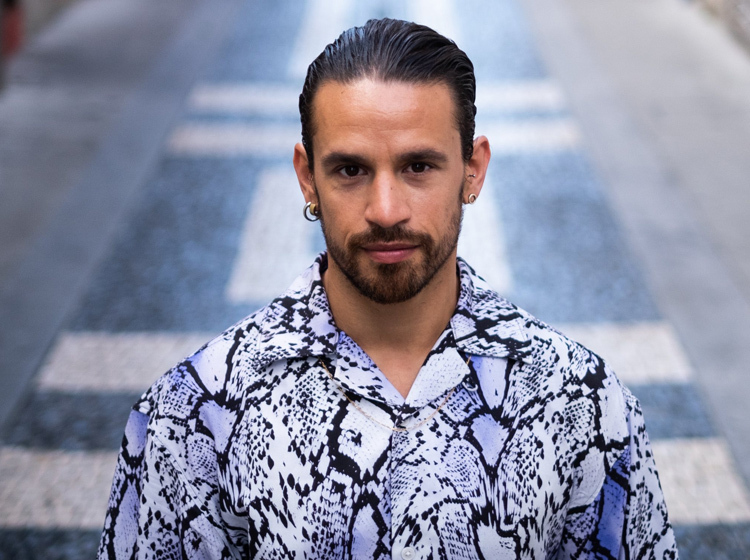
Credits
CARCAÇA
Artistic Direction and Choreography Marco da Silva Ferreira.
Artistic Assistance Catarina Miranda.
Performers André Garcia, Cacá Otto Reuss, Fábio Krayze, Marc Oliveras Casas, Marco da Silva Ferreira, Maria Antunes, Max Makowski, Mélanie Ferreira, Nelson Teunis, Nala Revlon.
In the original cast Leo Ramos.
Light Design and Technical Direction Cárin Geada.
Sound technician João Monteiro.
Music João Pais Filipe (percussionist) Luís Pestana (eletronic musician).
Costumes Aleksandar Protic.
Scenography Emanuel Santos.
Antropological Studies Teresa Fradique.
Folklore Dances Joana Lopes.
Production direction Mafalda Bastos.
Production Joana Costa Santos, Mafalda Bastos.
Production Structure Pensamento Avulso.
Diffusion ART HAPPENS.
Co-production Teatro Municipal do Porto, Centro Cultural de Belém, Big Pulse Dance Alliance, co- produced by New Baltic Dance (Lithuania), Julidans (The Netherlands), Tanz im August/HAU Hebbel am Ufer (Germany), Dublin Dance Festival (Ireland) and ONE Dance Week (Bulgaria), co-funded by the Creative Europe programme of the European Union, Centre Chorégraphique National de Caen en Normandie, La briqueterie - CDCN du Val-de Marne, Maison des arts de Créteil, KLAP- Maison pour la danse, CCN-Ballet National de Marseille, Charleroi danse, centre chorégraphique de Wallonie - Bruxelles, December Dance (Concertgebouw and Cultuurcentrum Brugge), La rose des vents – scène nationale Lille Métropole – Villeneuve d’Ascq, TANDEM Scène Nationale Arras-Douai.
Support República Portuguesa – Cultura, DGARTES – Direção Geral das Artes.
Artistic residencies A Oficina, Ballet National de Marseille, Escola Superior de Dança, O Espaço do Tempo, Teatro Municipal do Porto.
Performers












